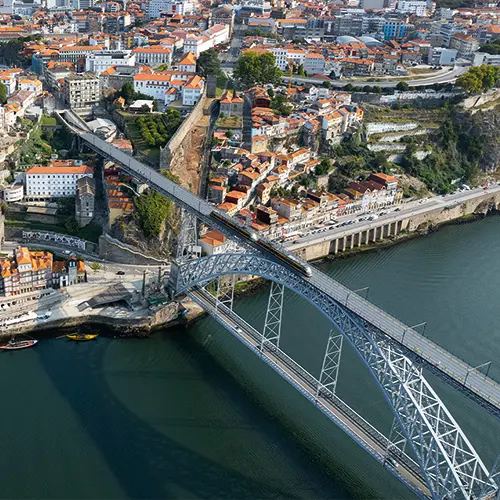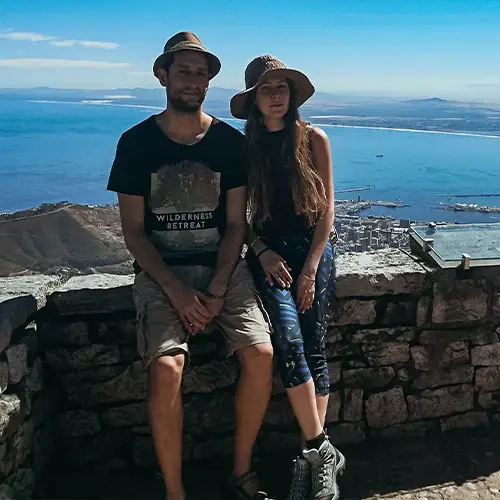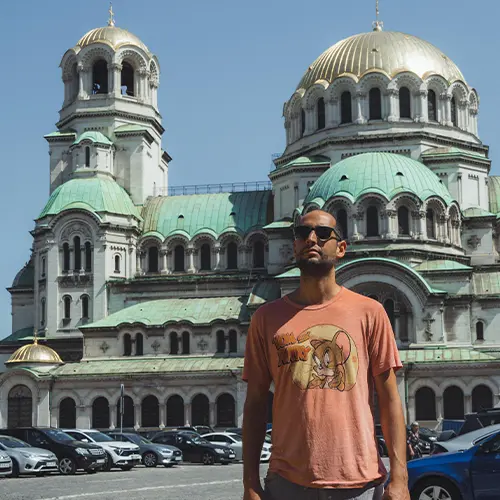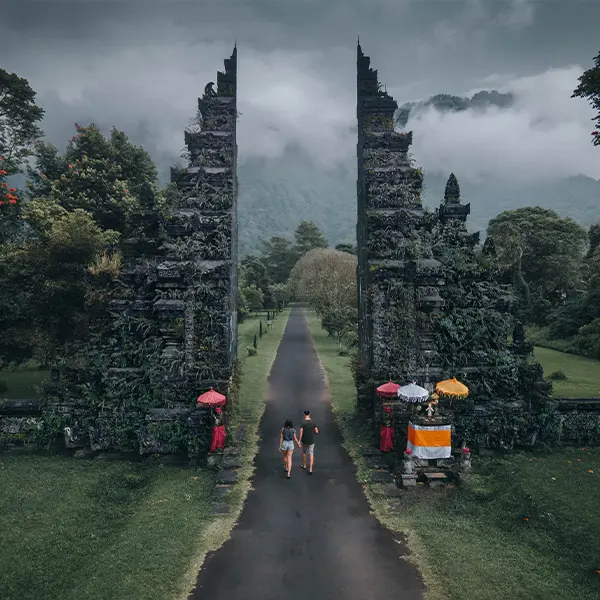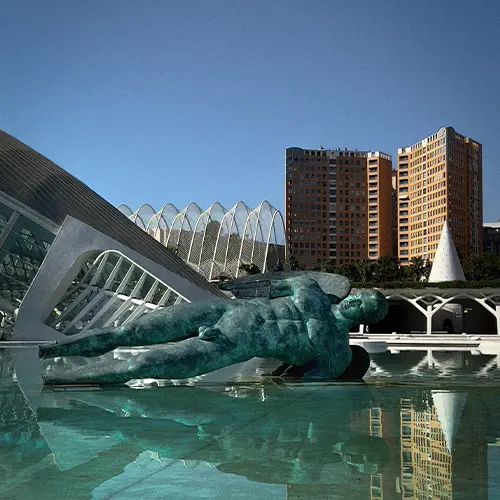Digital Nomading in Japan, how expensive is it really and is it really worth it?
First of all, everything written here is just our personal experience and what we’ve observed…
So let’s start by saying that it really is one of the most interesting destinations we’ve had the chance to see and experience. The culture is so rich and diverse, and it goes way beyond temples or clothing. It’s really like arriving in a parallel world. You won’t see anyone talking on the phone or eating in public transport, a queue is really a queue, and they have no problem waiting. The restrooms are a whole other story, crazy fashion, tiny pubs and restaurants, and many more things. The world of anime and manga (comics in general) is also crazy, signs and advertisements revolve around it, and of course, it’s accompanied by endless arcades and whole halls of children’s games that adults also enjoy playing. It’s a bit funny to see a grown man in a suit trying to get a Snoopy doll from a machine.
Public transport
Public transport is among the most efficient and best there is, that’s well known. Travel within the city isn’t too expensive and will cost you between around 1 to 2 USD per ride. On the other hand, taking the Shinkansen (high-speed trains between cities) can cost up to around 78 USD one way. So if you choose a slower route, you might save on that cost, worth checking out.
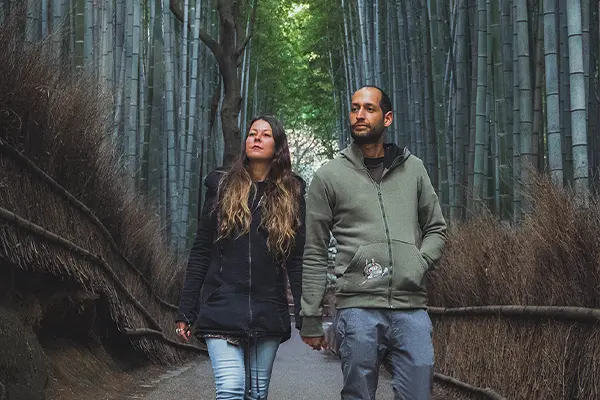
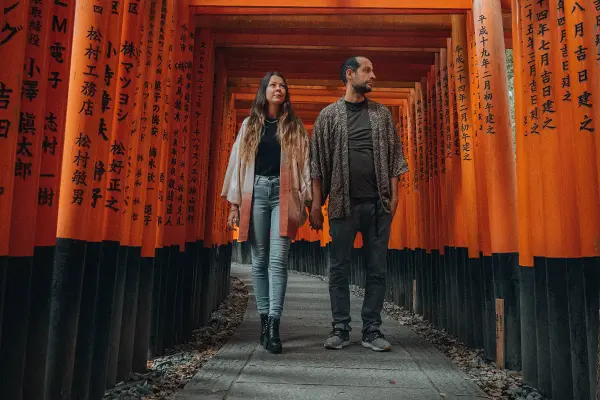
Food
The food is genuinely of surprising quality and taste, even in the simplest places. The freshness of the fish is so noticeable, and the ramen, what can I say, is just delicious! In terms of costs, ramen at a simple place will cost you between 5 to 9 USD and that’s a pretty huge portion! A piece of nigiri (a little rice with fresh fish on top) at a decent sushi restaurant costs 1 to 1.5 USD, so you end up spending about 9 to 15 USD per person. Of course, the fancier the restaurant, the higher the price. Oh, and forget about California rolls and the like, in Japan, the focus on sushi is the fish, at most with a little rice.
At Seven Eleven, you can find quality, cheap food with a variety of options! And when we say variety, it’s really a huge selection of food that is restocked every day because the Japanese themselves come to eat there daily! There’s a microwave to heat up food, tables, everything. You’ll find dishes, sushi, sandwiches, noodles, pasta, you name it. When we had a meal there, we’d spend about 9 USD for both of us.
The downside to the food – no awareness for vegetarians and definitely not for vegans! The point is that you can find a restaurant here and there, but very, very few, and not accessible at all. And in general, their entire cuisine is based on seafood, fish, and meat, even in the seasoning itself.
Be aware – in many bars and restaurants, smoking is allowed! This is a bit outdated and can be annoying. On the other hand, in most streets, smoking is prohibited, and sometimes you’ll see people waiting in line to enter a smoking area, which is weird.
Accommodation
We personally spent about 62 USD per night for a couple in decent hotels (82 USD in Tokyo), and we came during the busiest season – cherry blossom
Of course, if you move away from the city center and main train stations or compromise on certain things, you might be able to find something a bit cheaper, but take into account the accumulating train trips. For example, staying in a central area in Kyoto in a 12-square-meter room costs the same as a villa (3 rooms) in a rural, non-touristy area. Of course, a long stay will significantly reduce the price, depending on you and what you’re looking for.
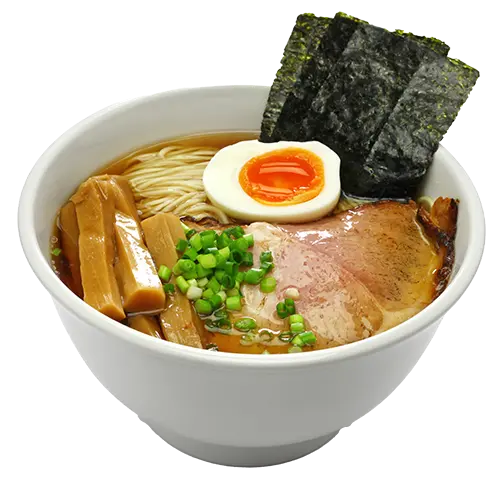


Language
Language is somewhat of a hurdle. Not that it’s impossible to manage, you totally can; there’s Google Translate, English signage, and Google Maps works great here! The problem is that it’s tough to establish fluent conversation with locals because in most cases, they simply don’t know English well enough. In Tokyo, the situation improves, partly because it’s visited by more Westerners, but generally, sometimes you feel left out because you don’t know the language.
Internet
The internet should be fine. But for some reason, we ended up in places with half-decent internet sometimes and also stumbled upon a pretty bad cellular provider, apparently. Just make sure before arrival (it’s often mentioned in the reviews). As for working from cafes, Starbucks is a great option, even the Japanese work from there. For coworking spaces – try to find ones with staffed check-in, because when we tried an automatic one, we failed as the registration was in Japanese and too tiring.
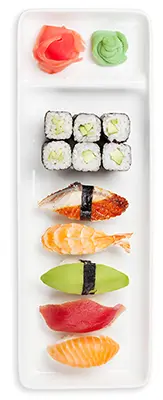
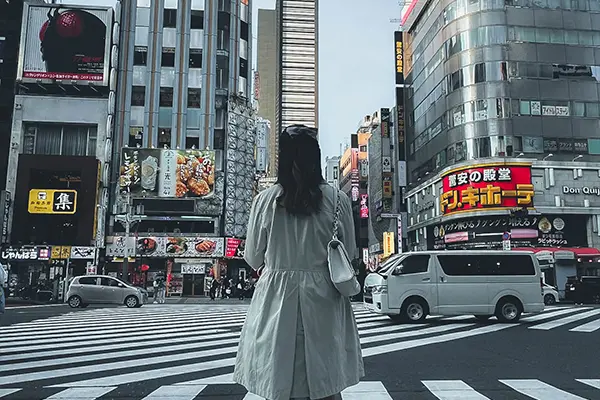
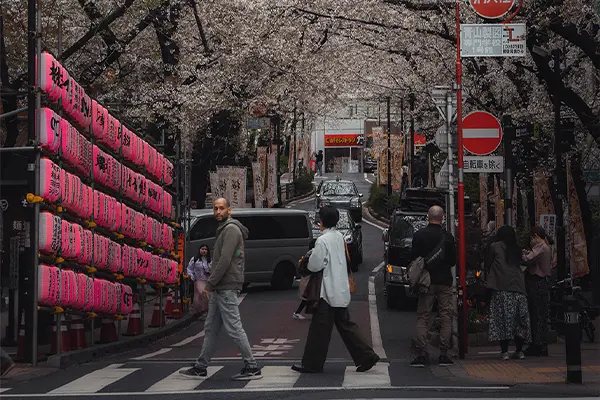
Cities we visited:
Tokyo – the largest city in the world. There’s so much to see and an endless number of places to explore; even a few years wouldn’t be enough.
Kyoto – a city full of temples and history, by the way, your best chance to see a real geisha is there (there are very few left, about 300 in all of Japan, according to what we were told on a city tour).
Osaka – the second-largest city in Japan. It’s lovely, and outside the touristy area, it feels very authentic and toned down compared to the number of people in Tokyo.
Izu Peninsula – a less touristy area for Westerners but a vacation spot for the Japanese, a beautiful area in any season with mountains and beaches; in short, we highly recommend trying!
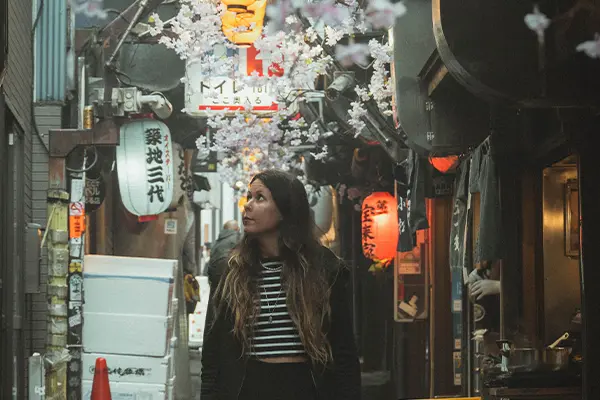
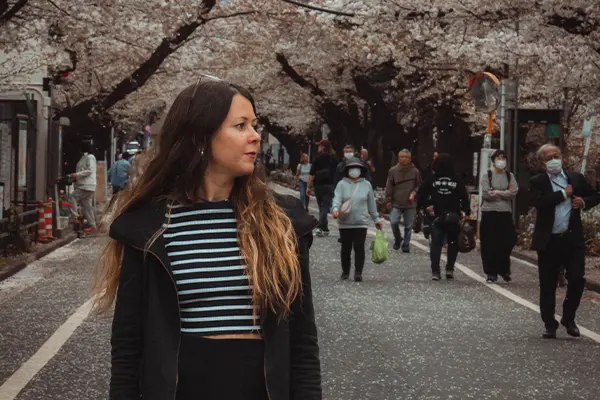
Important tips!
- If there are things you really want to see, like exhibitions, restaurants, and famous attractions, book a spot in advance (klook is a great app for attractions)!
- If you plan to travel between cities on high-speed trains, buy a day ticket in advance, at least, because they fill up quite fast, and there’s a chance of sold out.
- Spring and autumn are busier and more expensive, while winter and summer are less busy and cheaper.
- Purchase an IC card (there are several types, it doesn’t matter which) to use on trains and sometimes pay at places. We decided to avoid daily deals because they’re confusing, and the hassle alone makes it less worthwhile, in our opinion.
How long should you stay? As long as possible! It’s an amazing destination to be in, fun to explore, and there’s always a desire for more! But it’s not as cheap as Thailand, and the language barrier might create less of a community feel. It really depends on your personal experience and budget!

